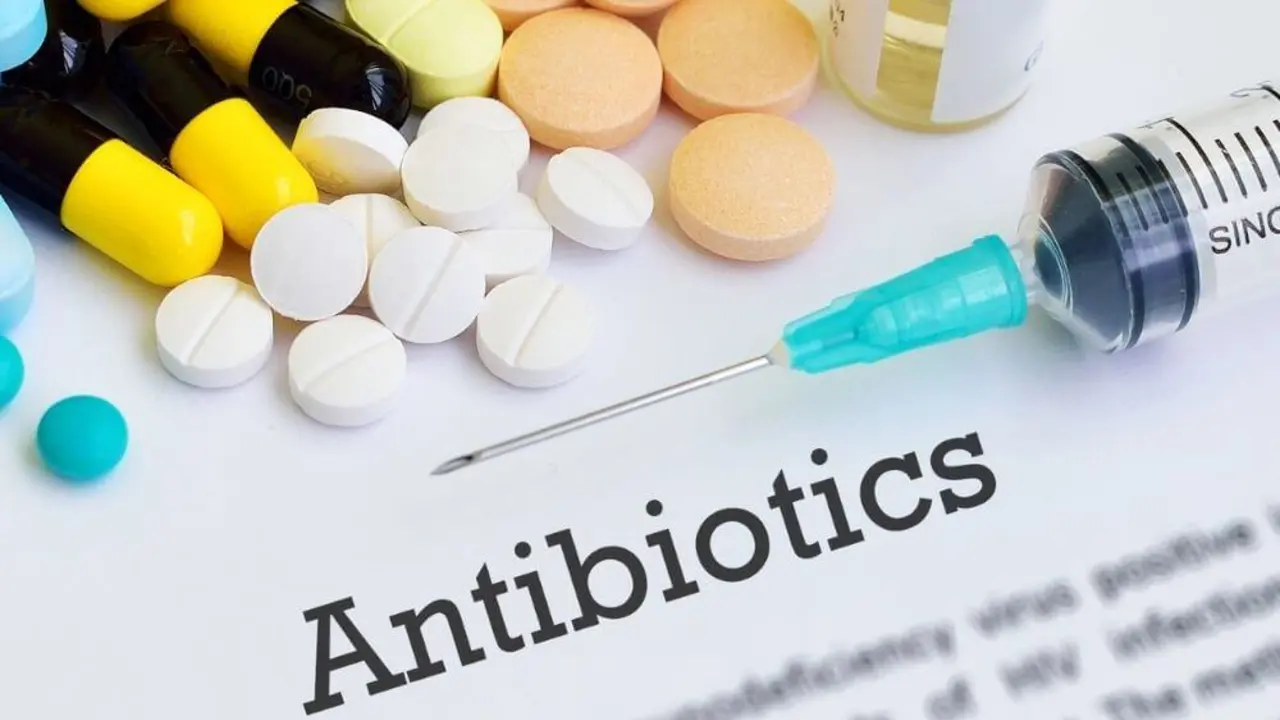Pediatric Medicine Guidelines: What Every Parent and Provider Should Know
Kids aren’t just small adults. Their bodies process drugs differently, so using the right guide can prevent mistakes and keep them healthy. Below you’ll find the most useful tips you can apply today, whether you’re a parent, a nurse, or a doctor.
Key Principles for Safe Pediatric Prescribing
1. Weight matters more than age. Most pediatric doses are calculated per kilogram of body weight. A 10‑kg toddler will need half the dose of a 20‑kg child, even if they’re the same age.
2. Start low, go slow. Begin with the lowest effective dose and increase only if needed. This reduces side‑effects and lets you see how the child reacts.
3. Check the formulation. Liquid suspensions, chewable tablets, and patches each have unique absorption rates. Choose the form that matches the child’s ability to swallow and the drug’s stability.
4. Watch for drug interactions. Many children take vitamins, over‑the‑counter meds, or herbal supplements. Always double‑check that the new prescription won’t clash with anything else.
5. Use reliable measuring tools. A medicine cup can be off by 20 %. Use a calibrated oral syringe or a dosing spoon that comes with the medication.
Practical Steps to Follow
Step 1 – Verify the prescription. Make sure the drug name, strength, and dosage match the child’s weight. If anything looks off, call the prescriber right away.
Step 2 – Educate the caregiver. Explain how to give the medicine, the timing, and what to do if a dose is missed. A quick demo with the actual device helps a lot.
Step 3 – Monitor for side effects. Common signs include rash, stomach upset, or unusual tiredness. Keep a simple log: date, dose, and any reactions.
Step 4 – Review the plan regularly. Children grow fast; a dose that was right last month might be too low now. Schedule a check‑in every 4‑6 weeks or sooner if the child’s weight changes.
Step 5 – Store medicines safely. Keep them out of reach, in a cool, dry place, and away from sunlight. Some liquids need refrigeration—read the label.
Following these steps makes it easier to avoid errors and gives kids the best chance for a quick recovery. If you ever doubt a dose or notice an unexpected reaction, don’t wait—contact a health professional right away.
Remember, the goal is simple: give the right amount of medicine at the right time, in the right form, and keep an eye on how the child feels. With a solid guideline in hand, you’ll feel more confident and your child will stay safer.
Pediatric Use of Clindamycin Phosphate: Safe Dosing and Tips for Parents
Hey there, lovely parents! Are you trying to navigate the world of antibiotics for your little one? I've been there, and it's so important to get it right. I want to chat about Clindamycin Phosphate – a common antibiotic that doctors prescribe for children. We need to know how to use it safely, and that means understanding the proper dosages and potential side effects. Stick with me, and we'll explore how to keep our kids safe while tackling those pesky infections. Let's take care of our little warriors together with the right info!

